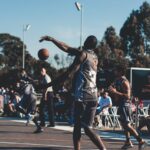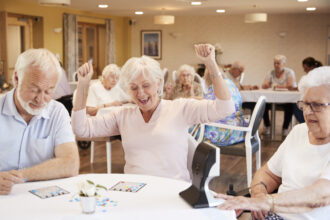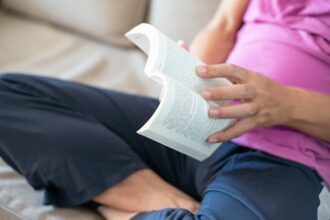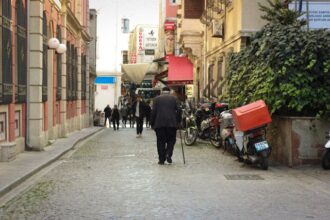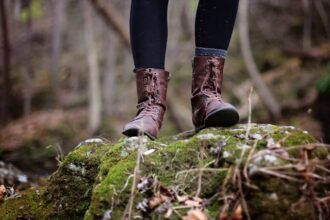Frailty is a common condition in older adults that makes them more vulnerable to stress and increases the risk of problems like falling, becoming disabled, needing to go to the hospital, or even dying. It is usually described using five signs: losing weight without trying, moving more slowly, feeling weak, feeling tired all the time, and not being very physically active. Since most of these signs are linked to how active someone is, exercise is seen as a natural way to help older adults with frailty improve their mobility and overall well-being in daily life.
Walking is beneficial for older adults with frailty. It directly tackles three of the five main signs of frailty—slowness, low activity levels, and tiredness. Walking also supports the heart, lungs, blood circulation, and immune system. It can lower the risk of several health problems such as heart disease, stroke, memory loss, dementia, and sleep issues. For frail older adults, even simple daily activities like getting dressed or cooking can feel exhausting because their fitness levels are so low. Experts believe a certain level of fitness is needed to do these tasks comfortably, but many frail people don’t meet that level. Walking regularly can improve fitness and may even help reduce frailty. It’s also a practical form of exercise—it’s free, doesn’t need special equipment, and can be done in many places, making it suitable for older people with different abilities.
When planning any exercise, it’s helpful to think about how often it’s done, how long it lasts, and how hard it is. These three parts make up what’s called the “exercise dose.” Studies have shown that doing more or more strenuous exercise usually leads to better physical function. It’s easy to measure how often and how long someone exercises, but determining the intensity of the exercise can be tricky. Common ways to judge this, like checking your heart rate or asking how hard the exercise feels, aren’t always reliable for older adults. Some older people take medications that affect their heart rate, and many find it hard to tell how intense an activity is.
That’s where walking speed—or more specifically, walking cadence—comes in. Cadence means how many steps someone takes in a minute. It has become a popular way to measure how hard someone is working during a walk because it’s easy to track with devices like step counters or smartphones. Higher cadence usually means higher effort. Some studies suggest that older adults who walk at a quicker pace tend to maintain their mobility well as they age. However, most studies haven’t looked at how cadence changes during walking programmes for frail or almost frail older adults. It’s also not clear whether these adults can speed up their pace when asked to, or whether doing so helps improve their physical ability.
To better understand this, researchers looked back at information from a study that compared two walking programmes for older adults—one with higher-intensity walking and one with lower intensity. They wanted to see if the older adults in the study could increase their walking pace over time, and whether doing so helped them improve their mobility and function. Participants wore devices that tracked their steps during walks over four months. The first goal was to see if people in the higher-intensity group walked faster than those in the lower-intensity group. The researchers believed they would. The second goal was to find out if individuals who walked faster over time—regardless of their group—were more likely to see improvements in their physical ability.
This research helps show whether tracking walking pace is a valuable and straightforward way to guide exercise in older adults with frailty. If walking faster leads to better results, then this could be a practical tool for doctors, therapists, and caregivers. It could also help older adults safely improve their fitness and continue to do everyday activities on their own for longer. In the future, walking pace might be used as a guide to make sure walking routines are challenging enough to bring tangible benefits, without the need for complicated equipment or tests.
More information: Daniel S. Rubin et al, Walking cadence as a measure of activity intensity and impact on functional capacity for prefrail and frail older adults, PLOS One. DOI: 10.1007/s00394-023-03123-x
Journal information: PLOS One Provided by PLOS



